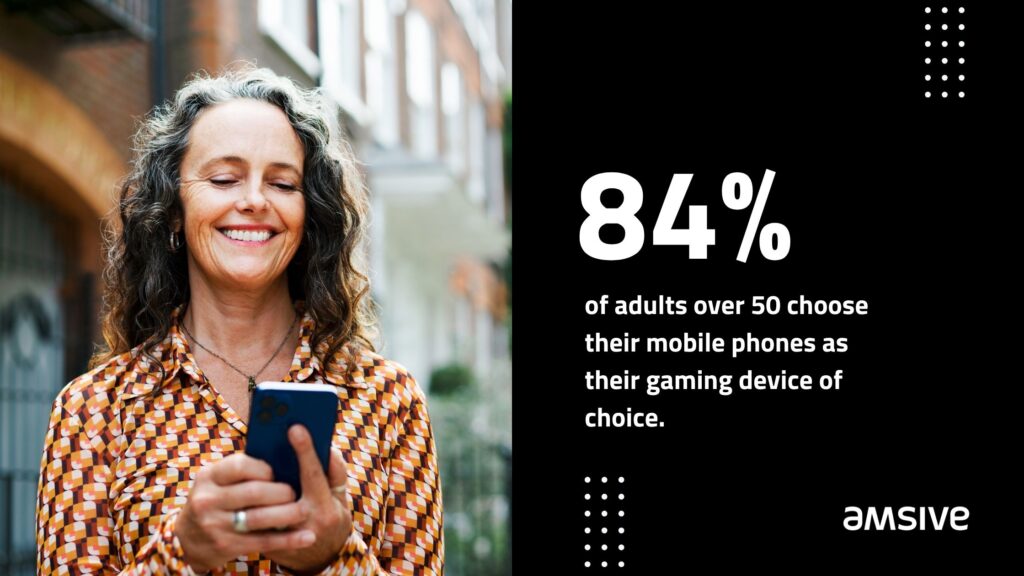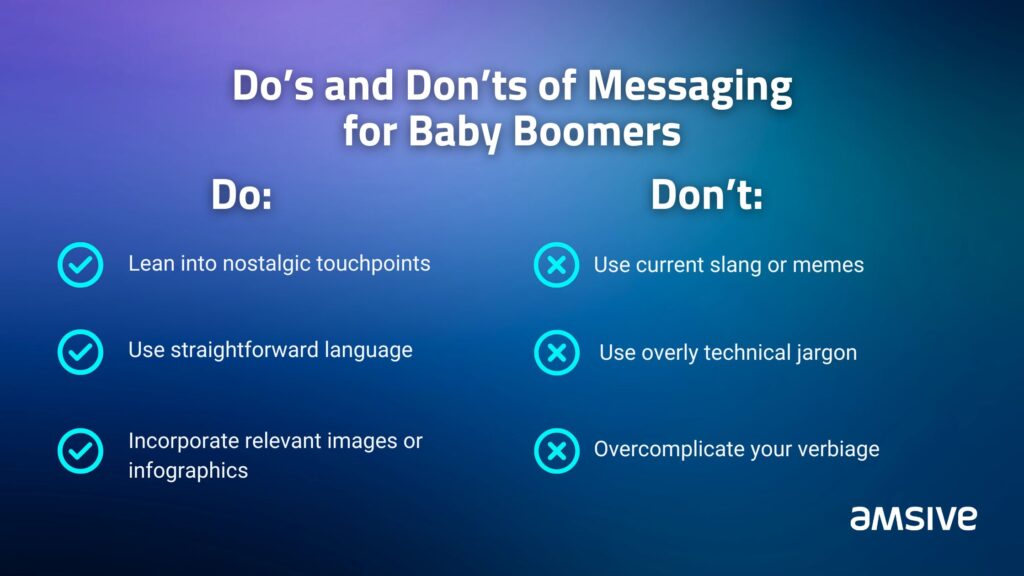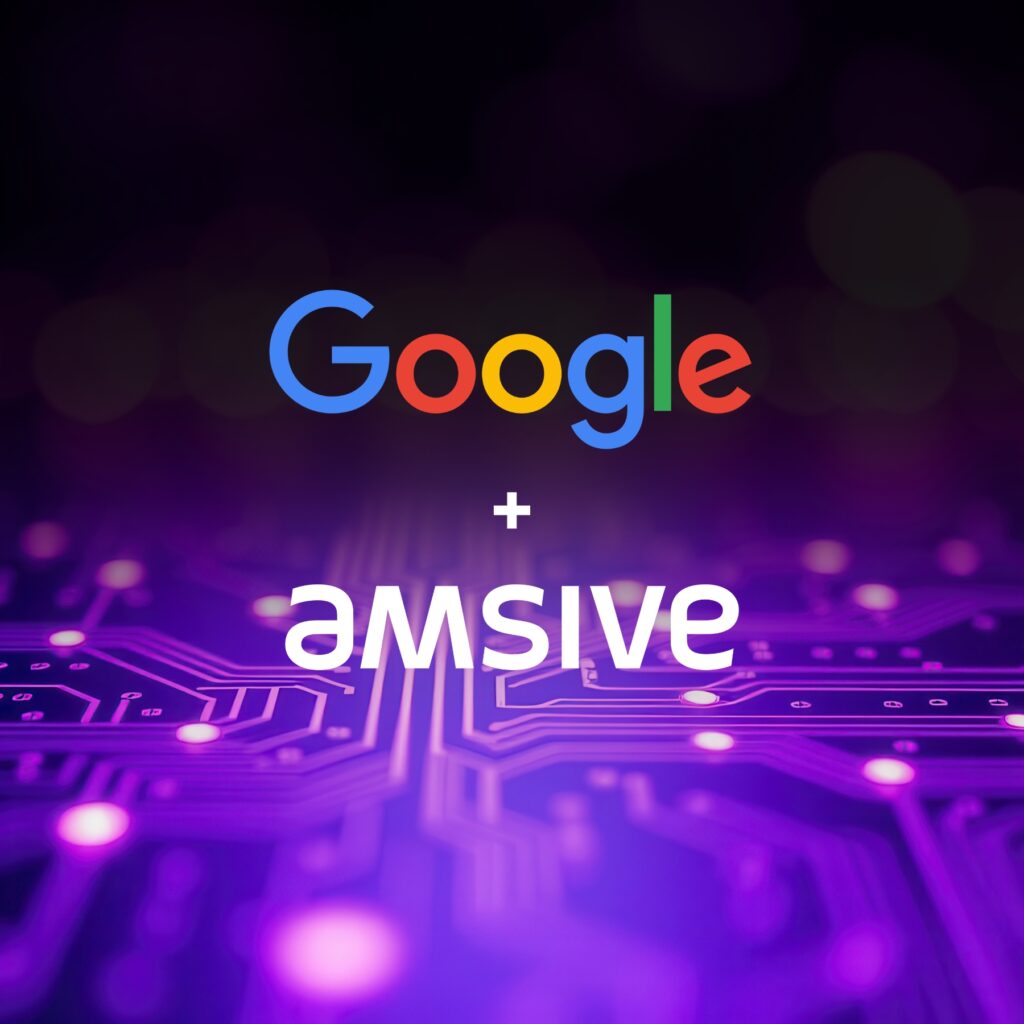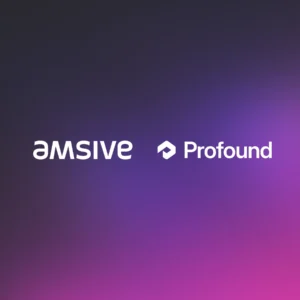In a landscape dominated by digital communication, where social media platforms and online channels increasingly dictate the rhythm of everyday life, one demographic often stands out as a challenge for marketers: the baby boomers.
Born between 1946 and 1964, this generation has witnessed the evolution of communication from handwritten letters to the speedy connection of tweets and instant messages. While baby boomers traditionally adopt technology slower than Gen-Xers and Millennials, the COVID-19 pandemic increased the rate at which baby boomers adopted recent technologies.
For businesses aiming to engage with baby boomers, finding the right bridge between traditional and digital channels is key. By understanding their unique preferences and habits, marketers can unlock new methods of meaningful engagement and hone in on the advertising in the digital spaces baby boomers are also a part of.
Jump To:
Strategically optimize your multichannel mix
Boomers review various resources when looking for new products, services, or information and routinely engage with traditional and digital media. These channels can include:
Search
Baby boomers are more likely to find and engage with new businesses on search engines than any other channel. It’s also one of the most widely adopted technologies among baby boomers, with a 96% use rate among their generation. According to Statista, 60% of boomers actively use search engines to research new products or services. Make sure that your mobile experiences and SEO tactics are optimized, and avoid clickbait-esque search copy.
Social media
According to McKinsey, 48% of boomers spend between ten minutes and an hour on social media on a daily basis. Baby boomers are more likely to engage with brands that they already know and trust above a brand that they’ve seen in an ad and have no prior knowledge of, but they’re also beginning to branch out and explore platforms that are new to them.
While Facebook is the most frequented channel among baby boomers, other channels are quickly growing in popularity. In the past 30 days, 40% of boomers have used YouTube, 15% have used Instagram, 14% have used Pinterest, and 6% have used TikTok. Boomers are also using Nextdoor, the discussion-based neighborhood app, 50% more than the total adult US population. Optimize your media mix to consider the platforms where boomers are increasing their presence. They’re beginning to connect with older lifestyle influencers who offer a perspective that has rarely been represented on social media.
Television
While the younger generations have cut the cord in favor of using multiple streaming services, baby boomers are avid streamers and linear TV watchers. According to Kagan US Consumer Insights survey, boomers spend 5.2 hours watching TV or video content. Nearly half of all baby boomers watch live TV in addition to engaging with subscription video-on-demand and advertising-based video-on-demand.
Boomers outpace other generations in cable usage, with 38% of boomers still actively watching it, compared to 21% of Gen Xers, 16% of Millennials, and 9% of Gen Zers. When weighing where to put your advertising dollars, try blending your spend across linear television and Connected Tv. Utilize nostalgic cultural touchpoints and jargon-free language when targeting television ads toward boomers.
The importance of using email to communicate with baby boomers cannot be understated. 95% of boomers use email, and 92% check it on a daily basis. They tend to prefer interacting with someone to answer questions about an order or purchase. Focus your call to action around human interaction where it’s applicable, using CTAs such as “Come see us” or “Contact us now.”
In-person and virtual events
Boomers value communal activities that allow them to foster personal connections, whether through workshops, seminars, or panel discussions covering topics such as health, finance, travel, or leisure pursuits. According to our recent research using MRI Simmons, 7.08% of adults 65+ say they attended a virtual/online event in the past 12 months. Additionally, highlighting products or services through interactive demonstrations or sampling stations allows baby boomers to experience its benefits firsthand.
This hands-on approach not only captures their interest but can help to reinforce the value proposition of a brand. Leveraging in-person or virtual events to connect with baby boomers enables marketers to engage this demographic authentically, foster meaningful connections, and drive long-term brand loyalty.
Mobile game advertising
While many consider gaming to be a younger person’s hobby, it’s increasingly popular with older generations. Baby boomers are well-versed in using both their mobile phones and tablets and the opportunity to reach them on the go is growing. The average boomer spends nearly two and a half hours on their mobile phones or tablet devices a day. According to AARP, 84% of adults over 50 choose their mobile phones as their gaming device of choice, with 30% exclusively using their phones for gaming. Highlight any aspects of your game that have social features or multiplayer options.

Direct mail
Baby boomers grew up with physical mail as a primary way of receiving communication. It can offer a sense of familiarity and trustworthiness that may be missing when receiving digital communication. In a landscape mired with user privacy concerns, direct mail is also more likely to come from a brand or business that a boomer consumer has historically engaged with, either online or in person. 71% of boomers also find mail a more personal experience than digital communications. Create messaging around compelling offers, practical applications of promoted products or services, and lean into aspects of reliability and functionality.
How to optimize direct mail to connect with baby boomers
Direct mail allows consumers to engage with its content at their own pace. While digital channels may suggest needing more immediate attention or navigation, direct mail lets recipients peruse the information whenever it suits them best. This offers the freedom to explore content at their leisure and make decisions on their own time. Because boomers already have a stronger sense of trust in direct mail, your messaging can skew more heavily toward why your mail deserves their attention, awareness, or response.
This channel can not only lead to an overall lift when paired with digital, but can also help plug some of the gaps for a more consistent experience between traditional marketing and digital marketing. Including elements like QR codes and personal URLs in direct mail campaigns can help baby boomers transition from a physical piece of mail to an online experience if they choose. This integration caters to their evolving interactions with technology while maintaining the comfort of a more familiar mode of communication.
Direct mail can also be used for patient acquisition and retention across different segments of healthcare marketing. It can be a useful tool to communicate with customers and patients between visits or appointments.
Craft the right message
For Gen Z, it’s popular across platforms and channels, but when marketing to boomers, it’s giving…them a headache.
Avoid jargon-laden, slang-heavy, or memeified messaging. Baby boomers tend to have and prefer a more straightforward communication style. Utilizing plain language and avoiding unnecessary complexity ensures that your message is accessible and resonates with this generation. Don’t use overly technical or confusing language, and focus on communicating the benefits of your product or service in a simple, relatable way. Additionally, apply visuals, such as clear and relevant images or infographics, to enhance understanding and engagement.
Market boomers’ healthcare content to their caregivers
An estimated 4.4 million people will be turning 65 in 2024. By 2030, all baby boomers will be over the age of 65, which is expected to increase the rate of caregivers needed. While we view age and vitality differently as the lifetime expectancy of generations increases, it doesn’t remove the fact that baby boomers and their families may have to consider how they’re going to approach caregiving in the next decade.
Caregivers, whether they’re family members, friends, or healthcare professionals, play a vital role in assisting baby boomers with their healthcare needs, making them key influences in the decision-making process. Many patients rely on their caregivers to make healthcare decisions and make it a point to discuss treatment options with their caregivers. To market to baby boomers effectively through their caregivers, healthcare marketers can develop campaigns that provide valuable resources, support, and guidance tailored to the caregiver’s needs.
Healthcare marketing materials could include tips for managing specific health conditions, methods for providing effective care, and information on available healthcare services and resources. By positioning your products or services as solutions that alleviate the pressure on caregivers and enhance the well-being of baby boomers, marketers can appeal to the caregivers’ desire to provide the best possible care for their loved ones.
Additionally, fostering trust and credibility is essential when marketing to baby boomers through their caregivers. Caregivers often act as advocates for the people under their care, seeking out information and recommendations that they can trust. According to Phreesia, 40% of caregivers say that they don’t feel equipped with adequate resources to provide the best care, and 54% want education on how to better manage their patients’ conditions.
Healthcare marketers can build trust by providing transparent and reliable information, showcasing testimonials and success stories, and demonstrating a commitment to quality care. By establishing themselves as trusted partners in the caregiving journey, marketers can effectively reach baby boomers through their caregivers, ultimately driving engagement and loyalty to their brand or service.
The future of marketing to baby boomers
Understanding baby boomers’ distinct preferences and habits unlocks avenues for meaningful engagement, creating a path between the tangible world of direct mail and the personalized realm of social media.

For marketers seeking to engage with this demographic, bridging the gap between traditional and digital channels is key for marketers to reach this segment of consumers. To connect with boomers across channels, remember to:
- Utilize a comprehensive multichannel marketing mix, including search, social media, email, Connected TV, mobile advertising, and direct mail
- Adapt to changing consumer behavior and communication preferences for effective engagement
- Recognize the role of family, friends, and caregivers in baby boomer’s healthcare decisions and advocacy
- Create targeted campaigns addressing the needs of both baby boomers and their caregivers
Boomers are a lot more tech-savvy than many marketers give them credit for. They’ve seen and adapted to multiple technologies in their lifetime and will continue to do so. Don’t forget to meet them where they are—you may just find yourself placing ads and content somewhere that you didn’t expect.
Optimize your 2024 marketing strategies with these eight tactics, or let’s talk about how to achieve more for your marketing—and your business.







